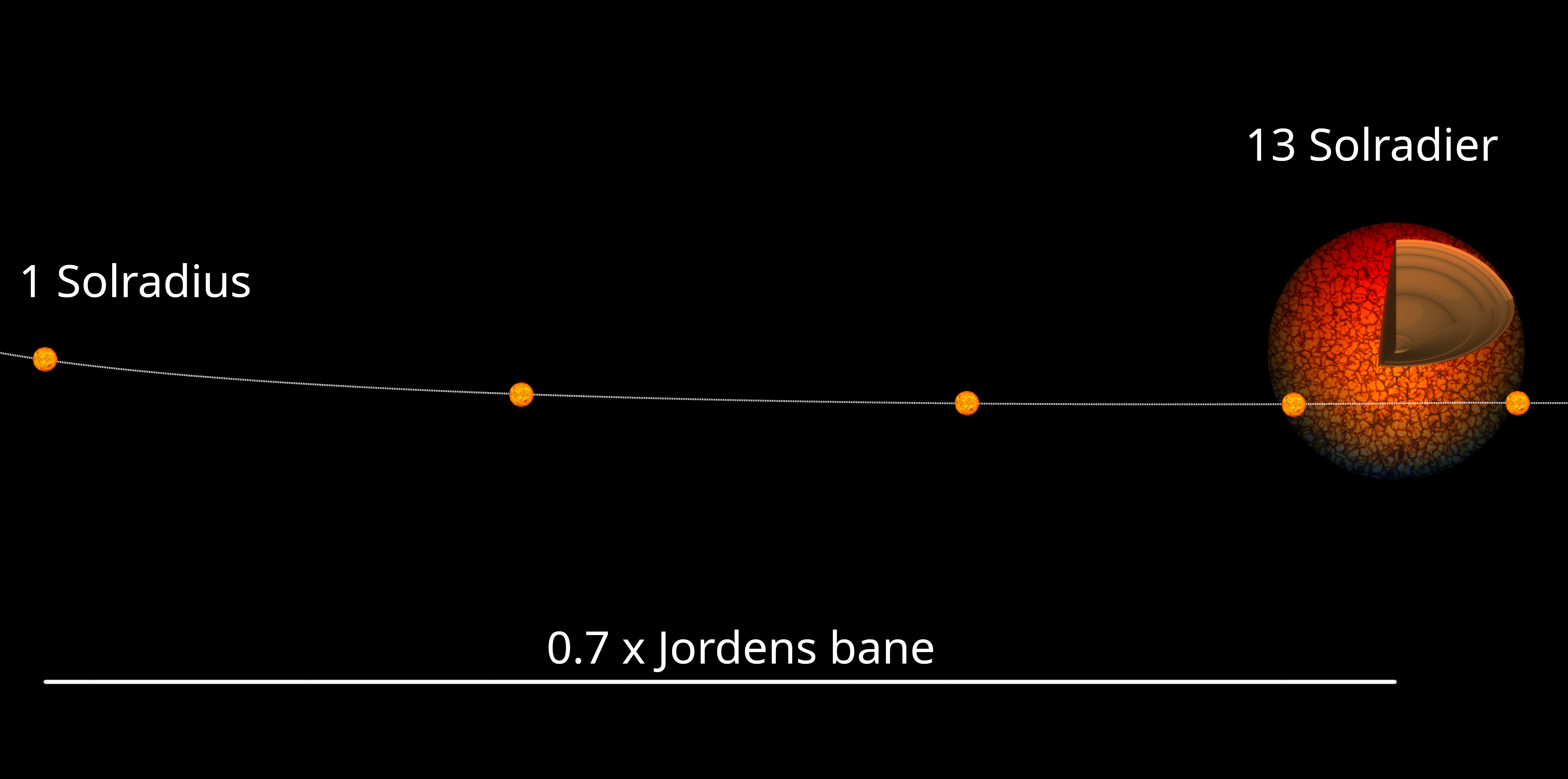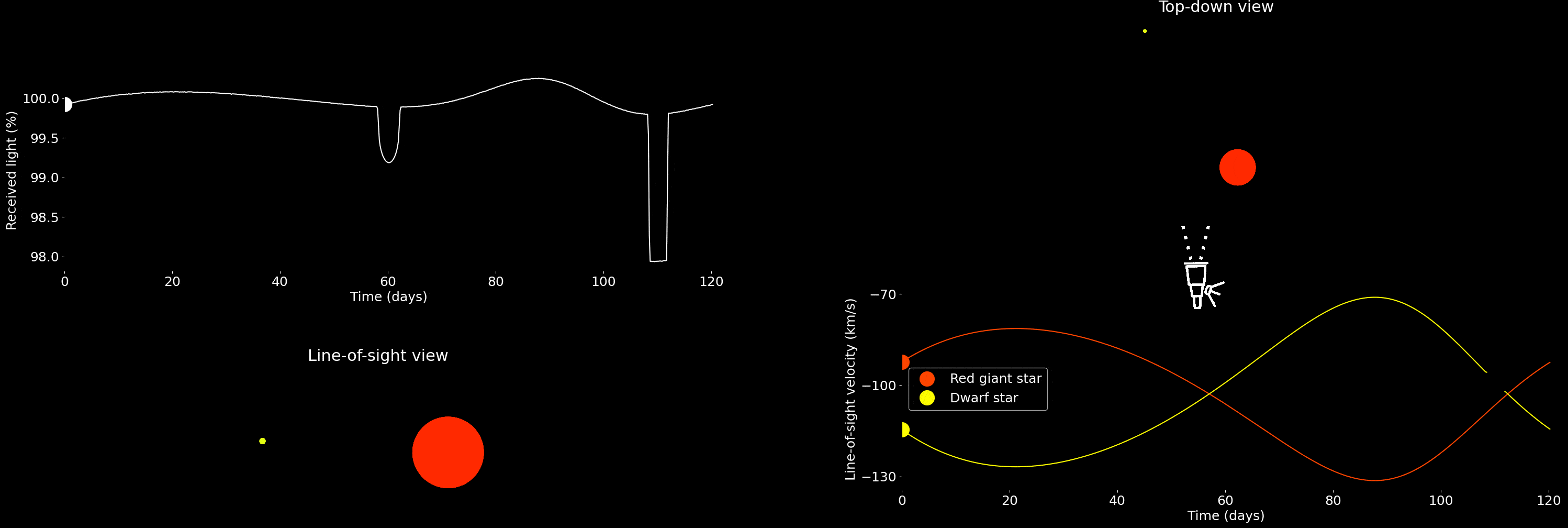How to weigh a star with sound
An international group of astronomers with strong Aarhus University representation has tested a new method for measuring the mass of a star, and the results have a hitherto unseen precision. Paper published today in Astronomy & Astrophysics.


Press release from Dipartimento di Fisica e Astronomia, Università di Bologna:
Agreement within 1.5% confirms “starquakes” can reliably reveal the mass—and thus age—of ancient stars
Astronomers have performed a unique cosmic test—measuring the mass of an ancient star using two entirely different methods, and finding agreement to within just 1.4%. This result marks a milestone in our ability to determine the ages of old stars and use them as living fossils to study the Milky Way’s distant past.
The team analyzed the red giant in the binary system KIC 10001167 using two independent approaches: 1) by exploiting the orbital motion, both in terms of eclipses and radial velocity as measured with respect to the observer, and 2) by modeling the internal oscillations of the red giant. The result? The seismic and orbital masses agree to within 1.4%, enabling a stellar age determination with an accuracy of about 10%.
Crucially, this is the first time that such a high-quality seismic age estimate has been rigorously tested against an independent method — orbital dynamics — at a level of precision sufficient to verify the seismic method’s accuracy.
Binary orbital motion is powerful as a tool to measure and validate the mass of stars determined with other methods, since it is well-described with the classical theory of gravity, which was established already in the 17th century by the works of Johannes Kepler and Isaac Newton.
“This is the first time we’ve been able to say, that a mass measured from an old star’s sound waves agrees within around one percent with a mass weighed from its orbit,” said Jeppe Sinkbæk Thomsen, PhD student at the Dipartimento di Fisica e Astronomia, Università di Bologna.
The implications go beyond a single star. Because a star’s mass is the key to determining its age, this result validates the use of asteroseismology to accurately age-date old stars across the Galaxy. That, in turn, provides a powerful tool for reconstructing how the Milky Way assembled over billions of years.
This achievement anchors asteroseismology on firm empirical footing, especially at the old end of the age scale where independent benchmarks have been sorely lacking. unquote
Main author of the paper published today in Astronomy & Astrophysics is former student from Aarhus University Jeppe Sinkbæk Thomsen, at present doing his PhD studies at Dipartimento di Fisica e Astronomia, Università di Bologna. Behind the paper are astronomers from Italy, Denmark, UK, Australia, Spain, Belgium, France, Finland, Romania and Chile; amongst them present and former astronomers with the Aarhus based Stellar Astrophysics Centre Karsten Brogaard, Torben Arentoft, Mikkel Lund, Frank Grundahl, Søren Frandsen, Amalie Stokholm, Julie Gadeberg, Jens Jessen-Hansen og Ditte Slumstrup.
The NOT telescope on La Palma, owned by Aarhus University. Photo: AU.
Data from the KEPLER satellite are used for the calculations of the orbit of the red giant star. These measurements have been followed up with spectroscopic observations with the FIES instrument, mounted on the Nordic Optical Telescope (NOT) situated on the Canary Island of La Palma, with a diameter of 2.56 meter. Both students and staff at the NOT have contributed significantly to the new very precise results published here.
The paper is available here.
